Table of Contents
Introduction to Alum in Food
Contrary to popular belief, 'alum spice' is not actually a spice at all. Alum (potassium aluminum sulfate) is a chemical compound used in some food preparations, but it is not classified as a spice. In fact, due to health concerns related to aluminum intake, the use of alum in food has been restricted or banned in many countries. This article provides accurate information about alum's actual uses, health implications, and regulatory status based on authoritative sources.
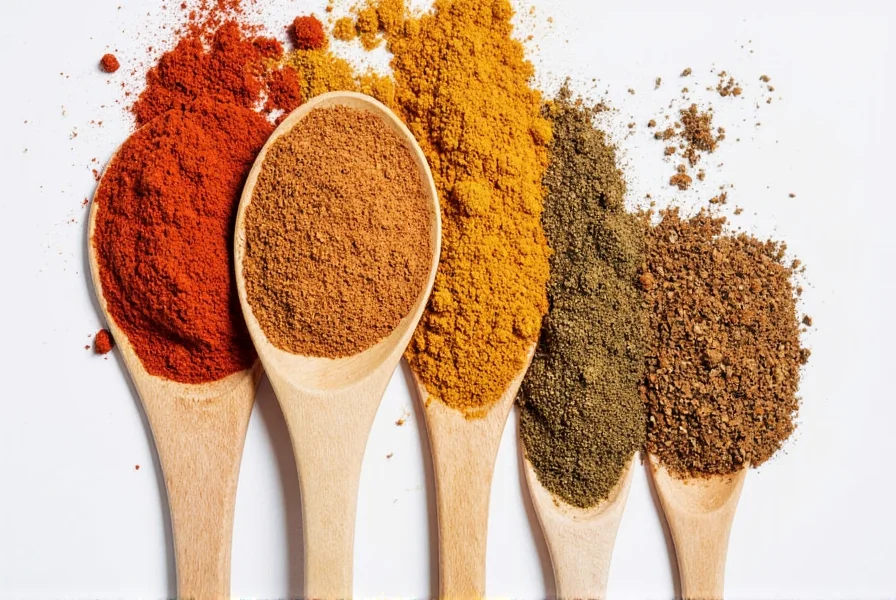
What Is Alum?
Alum, chemically known as potassium aluminum sulfate, is a crystalline compound used in various industrial and food applications. Unlike spices which are derived from plants and used primarily for flavor, alum is a chemical additive. It is sometimes used as a firming agent in pickling or as a component in some baking powders, but its use in food is highly regulated due to health concerns.
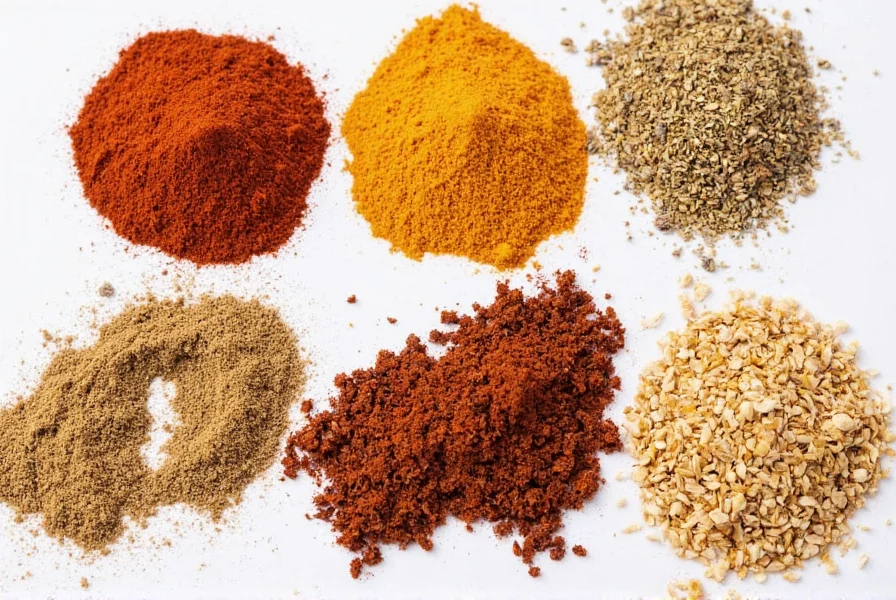
Actual Uses of Alum in Food
Alum has very limited uses in food preparation, primarily as a firming agent:
- Pickling: In some traditional pickling recipes, alum is used to keep vegetables crisp. However, many modern pickling recipes avoid alum due to health concerns and use calcium chloride instead.
- Baking powder: Some older baking powder formulations contained alum as a component, but most modern baking powders use sodium aluminum sulfate or other alternatives without aluminum.
It is important to note that alum is not used in frying to create crispiness. This is a common misconception. Crispiness in fried foods comes from proper oil temperature, batter composition, and frying technique, not from alum.
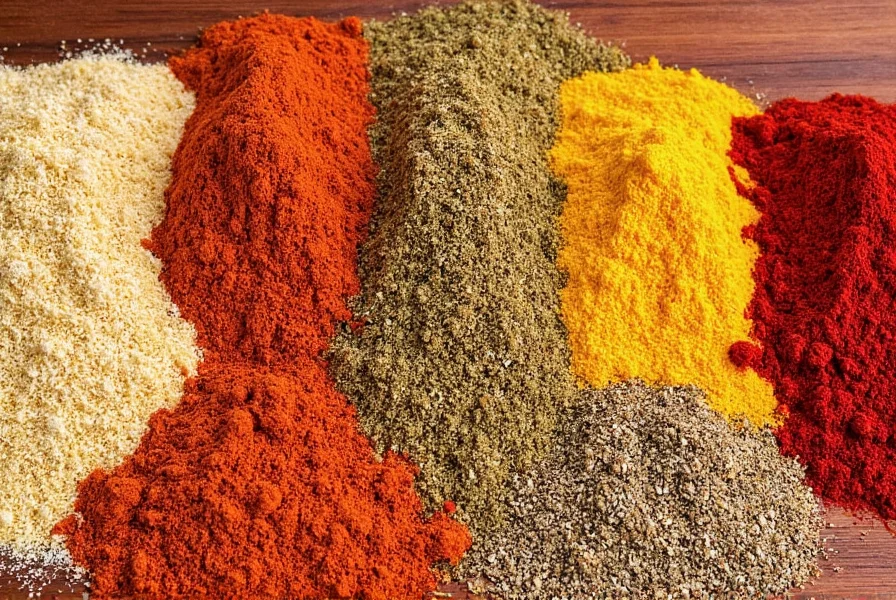
Health Risks and Regulatory Status
The use of alum in food has been restricted in many countries due to concerns about aluminum intake:
- Aluminum and Health: While the link between aluminum and Alzheimer's disease is not conclusively proven, health organizations recommend minimizing aluminum intake. The World Health Organization (WHO) and the U.S. Food and Drug Administration (FDA) have set limits on aluminum in food.
- Regulatory Status: The European Union has banned alum as a food additive in most applications. In the United States, the FDA allows alum in some food products but with strict limits. For example, alum is permitted in pickling at concentrations up to 0.1% by weight.
- Recommendations: Health authorities recommend avoiding alum in home cooking and using alternatives like calcium chloride for pickling. Always check food labels for aluminum-containing additives.
Frequently Asked Questions
Here are answers to common questions about alum in food:
- Is alum safe to consume?
- Alum is generally recognized as safe (GRAS) by the FDA in small amounts for specific uses, but health authorities recommend minimizing aluminum intake. The European Union has banned alum as a food additive in most applications due to health concerns.
- What is alum used for in food?
- Alum has very limited uses in food: primarily as a firming agent in pickling and as a component in some older baking powder formulations. It is not used to create crispiness in fried foods, which is a common misconception.
- Can I use alum for frying to make food crispy?
- No, alum is not used for frying and does not contribute to crispiness in fried foods. Crispiness comes from proper oil temperature, batter composition, and frying technique. Using alum in frying is unnecessary and potentially harmful.
- Where can I find alum in food products?
- Alum may be found in some pickled products and older baking powder formulations, but it is increasingly rare. Check ingredient lists for "alum," "potassium aluminum sulfate," or "sodium aluminum sulfate".
- What are safer alternatives to alum?
- For pickling, calcium chloride is a common and safer alternative that provides similar firming effects without aluminum. For baking, modern baking powders typically use non-aluminum leavening agents.
- Does alum have a taste?
- Alum has a slightly metallic taste, but it is typically used in such small quantities that it is not noticeable. However, excessive use can impart a bitter taste.
- Is alum the same as baking soda or baking powder?
- No, alum is chemically different from baking soda (sodium bicarbonate) and baking powder. Baking powder may contain alum as a component in some formulations, but modern baking powders often use non-aluminum alternatives.
| Additive | Primary Use | Health Considerations | Regulatory Status | Common Applications |
|---|---|---|---|---|
| Alum | Firming agent | Aluminum intake concerns; restricted in many countries | EU: banned in most food applications; US FDA: limited use in pickling (max 0.1%) | Pickling, some older baking powders |
| Calcium Chloride | Firming agent | Generally recognized as safe; no aluminum concerns | Widely permitted globally | Modern pickling, tofu production |
| Baking Soda | Leavening agent | Generally safe; sodium content considerations | Widely permitted | Baking, cleaning |
| Baking Powder | Leavening agent | Check for aluminum content; non-aluminum versions recommended | Widely permitted | Cakes, muffins, quick breads |
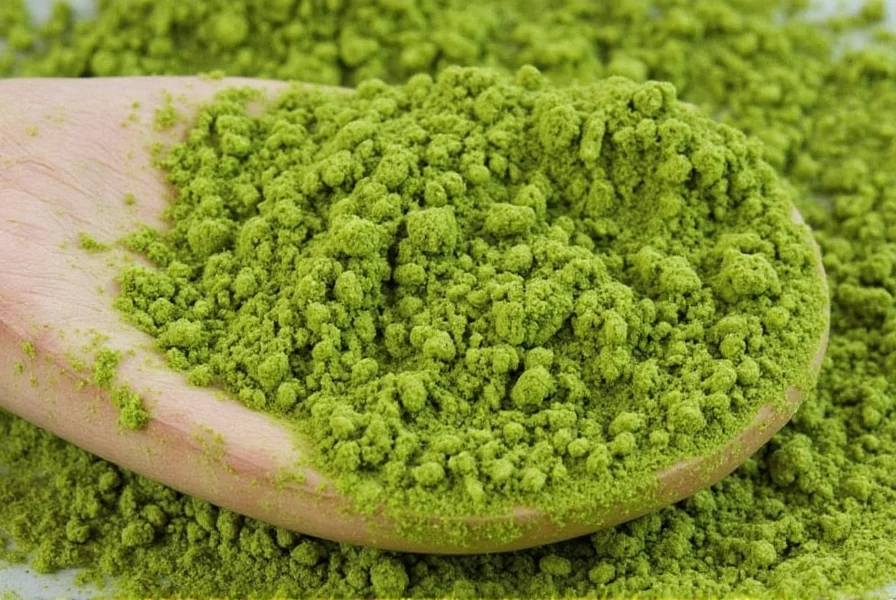
Conclusion
Alum is not a spice but a chemical compound with very limited food applications. Due to health concerns about aluminum intake, its use in food has been restricted in many countries. For home cooking, safer alternatives like calcium chloride for pickling and non-aluminum baking powders are recommended. Always check food labels and follow health authority guidelines when using food additives.
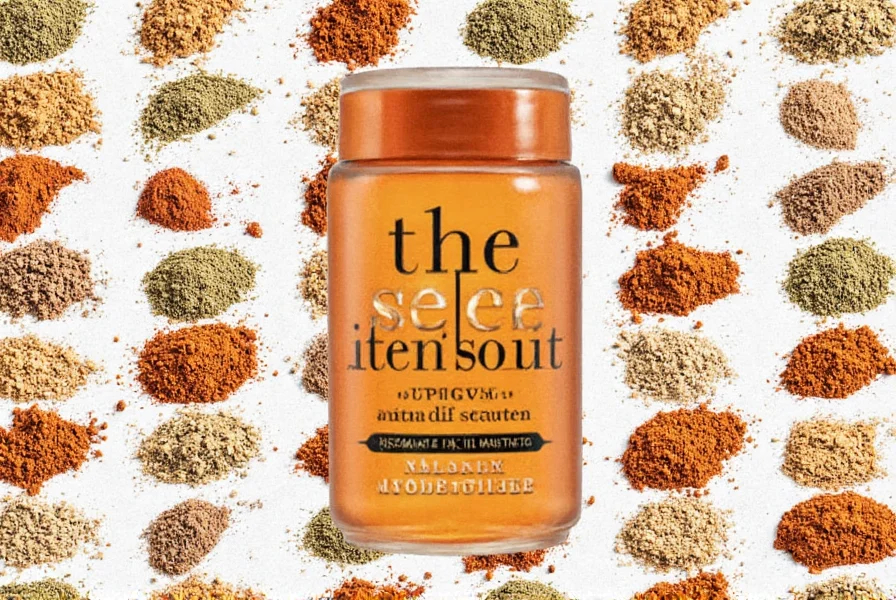

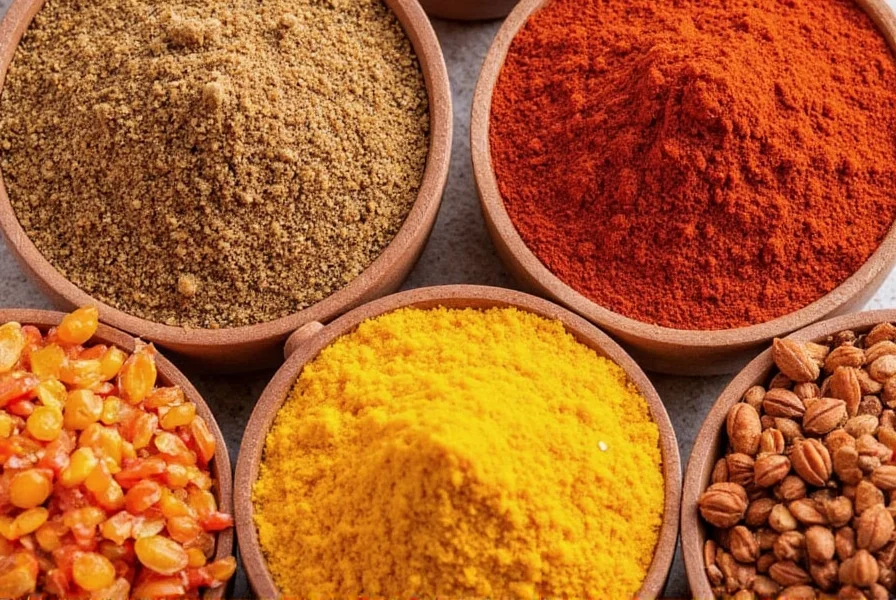









 浙公网安备
33010002000092号
浙公网安备
33010002000092号 浙B2-20120091-4
浙B2-20120091-4